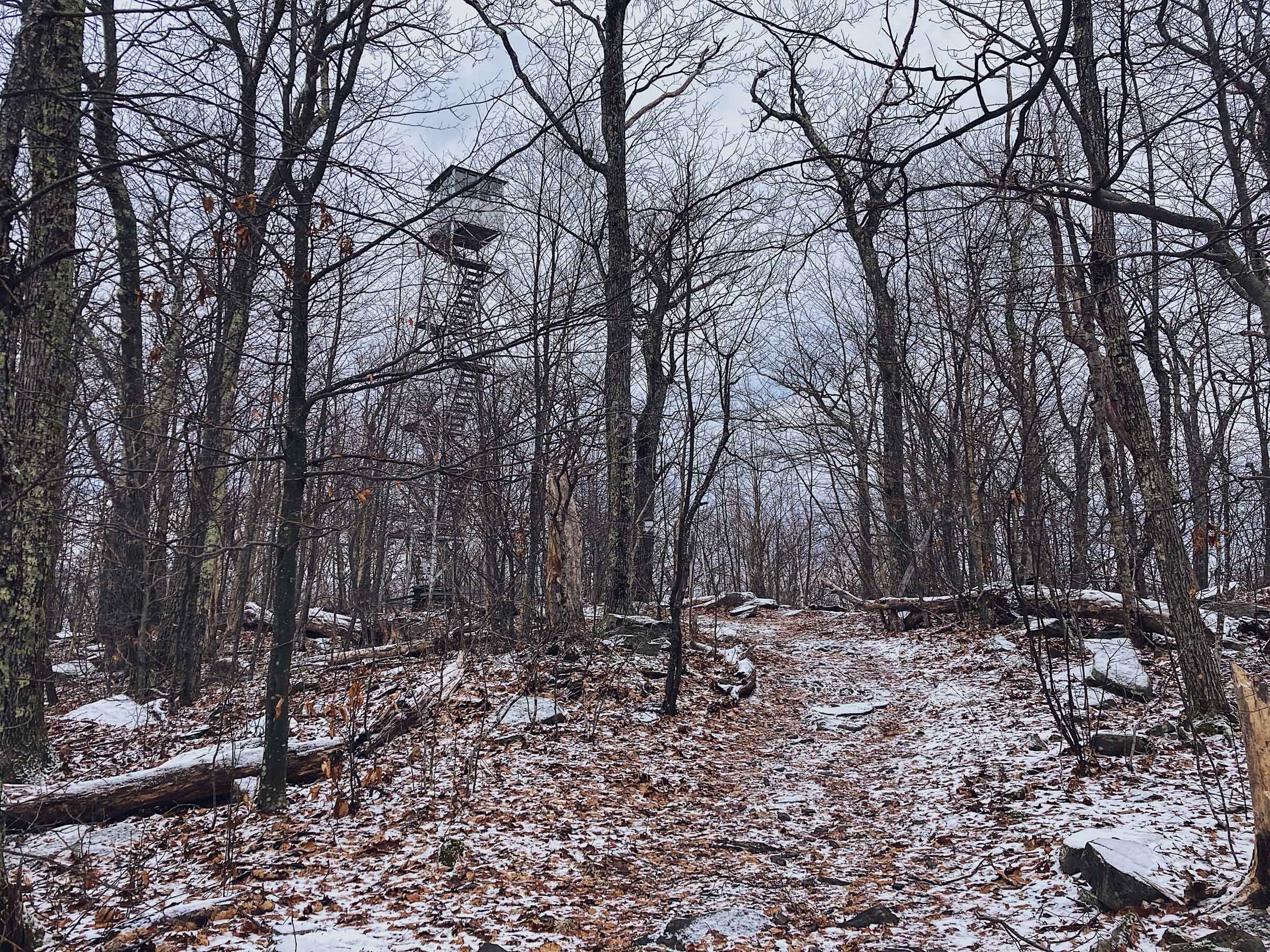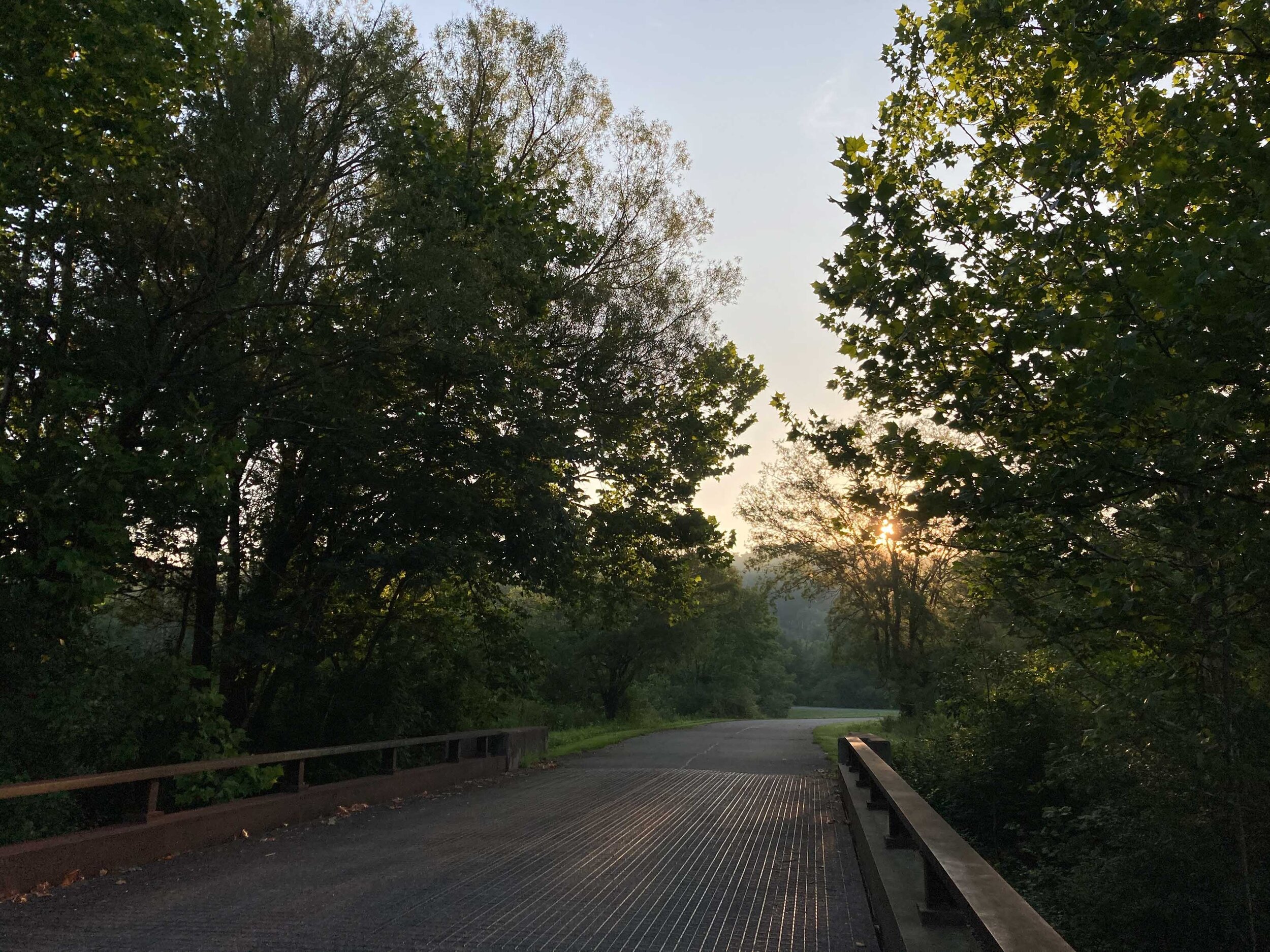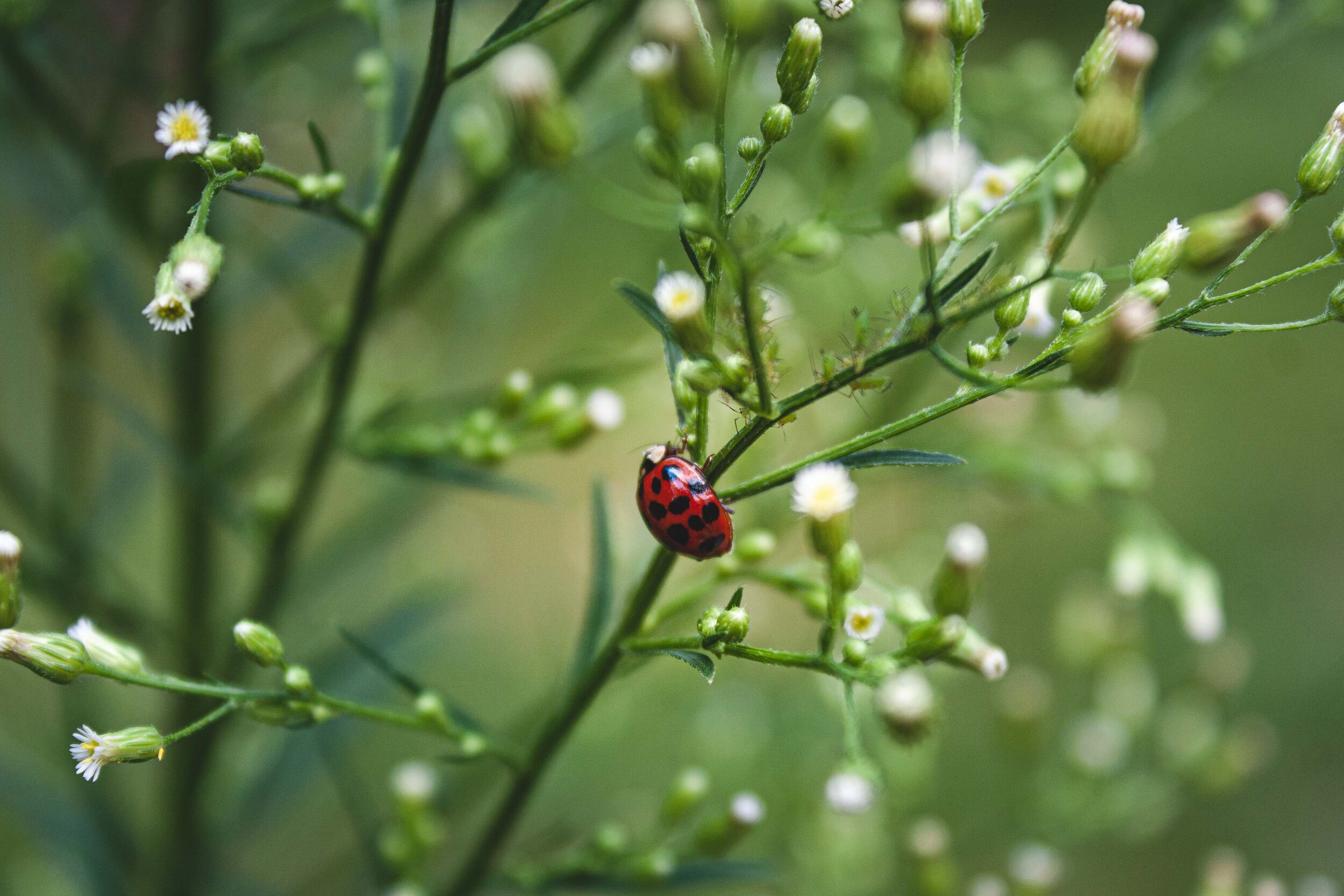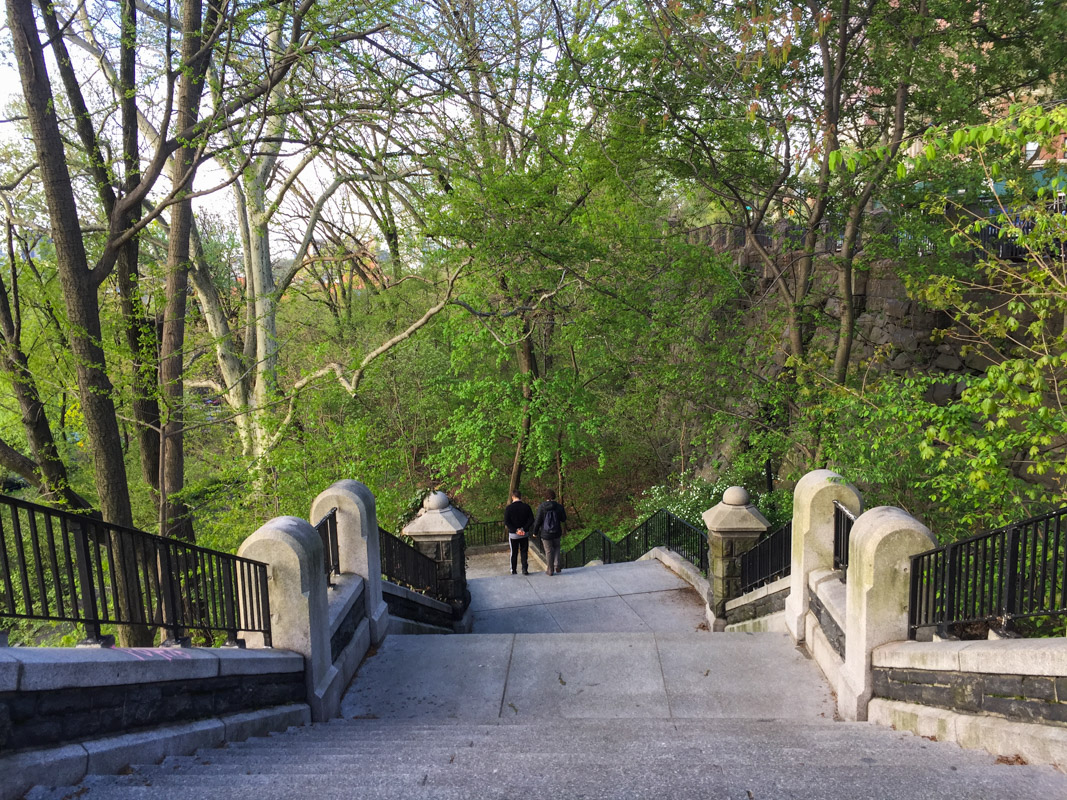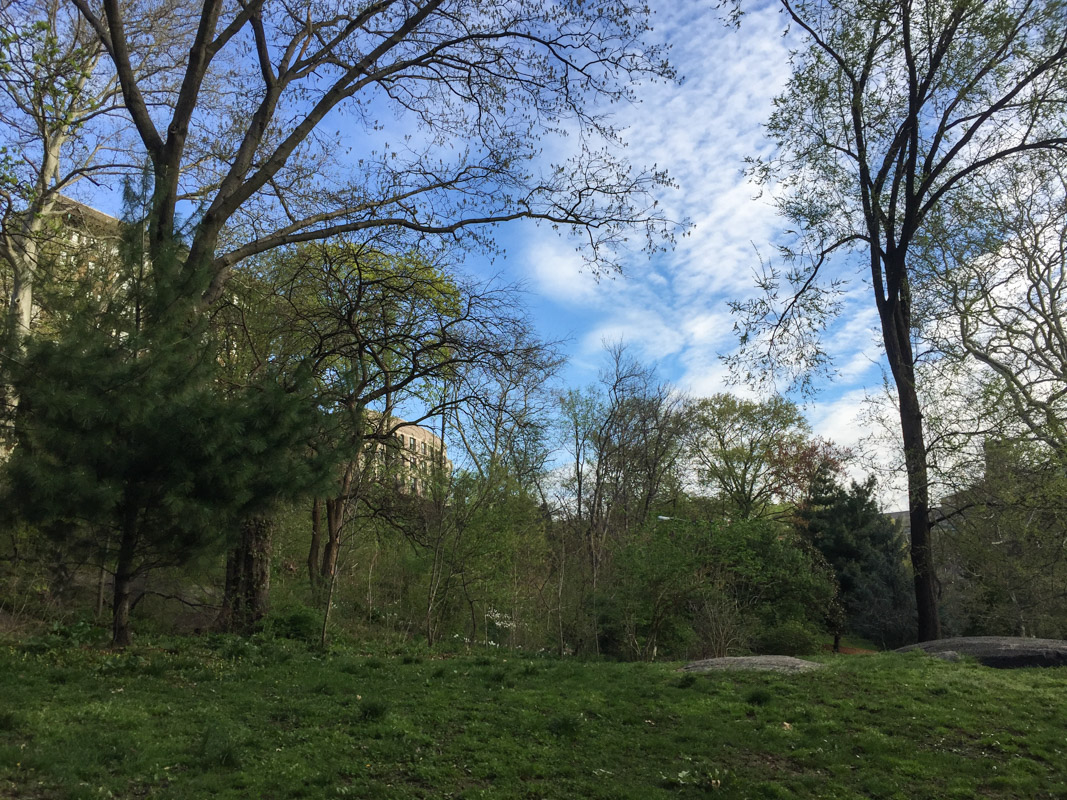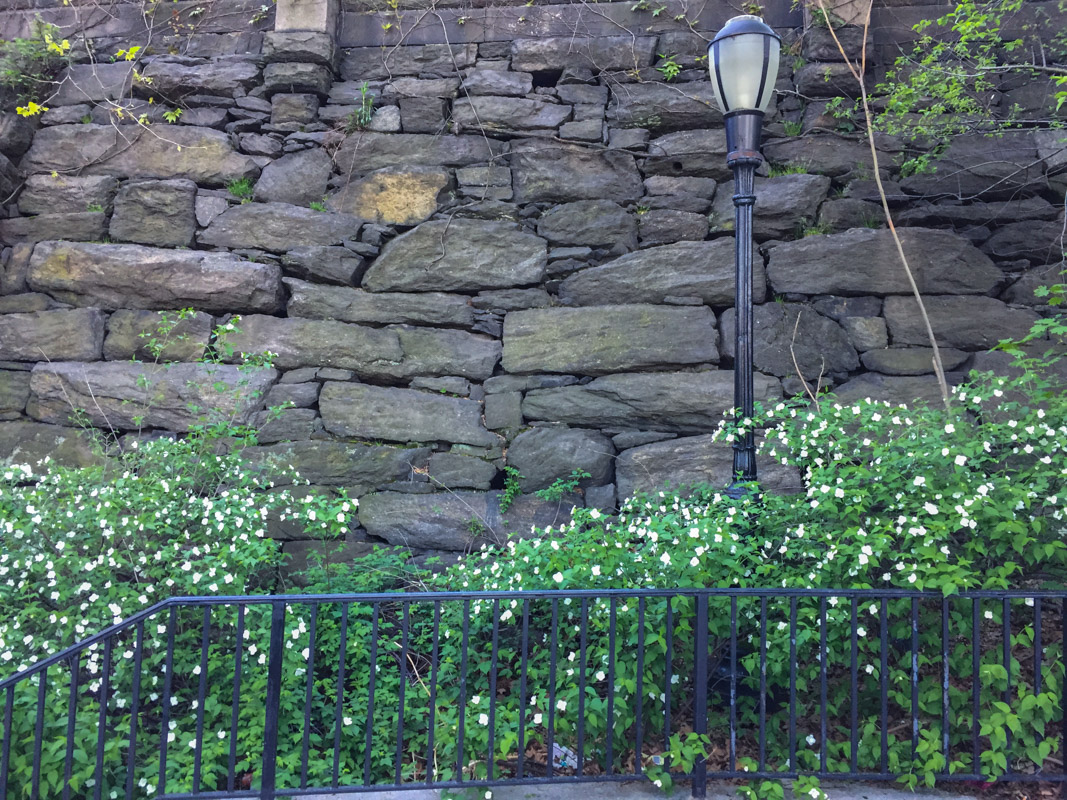The one I never Published
News Hours and Science related Articles
After the first “Things I have hear on the news Lately” I was very excited to get another one out. I just needed to get more news. Well, and here we are more than a year later or so. I finally decided that I should publish this, even though it’s not something I have heard on the news lately, but rather a follow up from the previous one.
April 2019
After several weeks, including landing a job in this big city, it’s time to do another round of what I have heard, read or seen these past months. If you want to read the previous post you can click here. Again, many of these news will probably either be about NYC or science, but of course something else might sneak into the mix as well. As a follow up from last time I did a “what I heard on the news lately” you can listen to this short segment, about how the measles outbreak started. We are getting extremely close to forcing people to get vaccinated, which also is probably not the best way to combat this, but the problem is how can we re-teach people about vaccination? This all ties back to what I wrote about earlier too, that the human psychology is extremely cool and fascinating but also very narrow minded (“Illusion of explanatory depth” - Why Facts Don’t Change our Minds). Once you started to believe in one thing, it is extremely difficult to switch those beliefs to something else. Another article that talks about somewhat the same idea is the recent one from New York Times “Why fiction trumps truth”.
NYCHA and other landlords. New York housing authority seem to be under fire most of the time. Since we moved here to NYC and Manhattan I don’t think I have heard anything positive about NYCHA. It is unclear who to blame for the situation they are in now, but they are backlogged financially, about 32 billion dollars. Some NYCHA residents in Manhattan recently got their playground upgraded, an upgrade that cost about 770,000$. This is great you might say, and yes it is, the playground is scheduled to reopen this summer. However the problem is that NYCHA wants to replace it with a new residential tower. I understand that we are also in need of more housing, especially for low income people, but what is the point to spend so much money on a playground if it’s going to be taken away anyway? You can also hear or read horror stories about tenants living in awful conditions; mold, leaks and broken locks. This is not exclusive to NYCHA of course, other landlords are equally bad, for instance residents bathroom ceilings falling in, pet parrots eaten by rats and the list goes on. One hot topic is lead paint, like the story I heard on the radio the other week about a mother with her four kids who now is suffering from lead poisoning. The mother found out that the her kids had started to eat lead paint from the walls and window sills, after they discovered that the paint taste very sweet. After a routine control at the doctors, they found out that the kids led level was dangerously high, and so they found out that they did indeed have led painted walls. Just like so many other current residents in NYC. This mom and her four kids are of course not the only people affected by lead, and lead poisoning, and there are probably other landlords who also couldn’t care less about that, just like I sometimes feel as if NYCHA doesn’t either. This is not any recent news, this has been going on for decades, but the question is whose fault is it. It’s a messed up system that completely uses low income people, people who have no other choice than to stay in awful conditions. And while some property managers and landlords get sued for not improving the living standards for the tenants, they most often are only fined a tiny little sum, making it easy for them to continue to break the law over and over again.
Ticks and allergy to red meat, aka “alpha gal syndrome”. Did you know that there is a new disease spreading extremely fast that is spreading via ticks. It was believed that this new disease came exclusively from the lone star tick, a tiny little creature that you can find here in the US. However, this tick does not exist in Europe, which has also seen the exact same diseases, and the diseases can also be found in Australia. Ticks do not only carry this pathogen for red meat allergy, but of course, also Lyme disease, carried by the black legged tick. These are two very good reasons to always check your body for ticks, to make sure you do not get any of these diseases. The problem is though, that some ticks, like the black legged one are so tiny it’s almost impossible to spot it. I remember when we went camping in Chequamagon National Forest for memorial day weekend a couple of years ago and we picked ticks of our body and car for days during that trip. If you are interested in knowing what pathogens ticks are currently carrying in your area, or where the hot spots of ticks are, you should download this app called The Tick App. It’s a type of citizen science app and is incorporated in a larger study by researchers from Columbia University, and University of Wisconsin-Madison. The app gives you updates about current hot spots of ticks and their pathogens, and you can also report your own.

